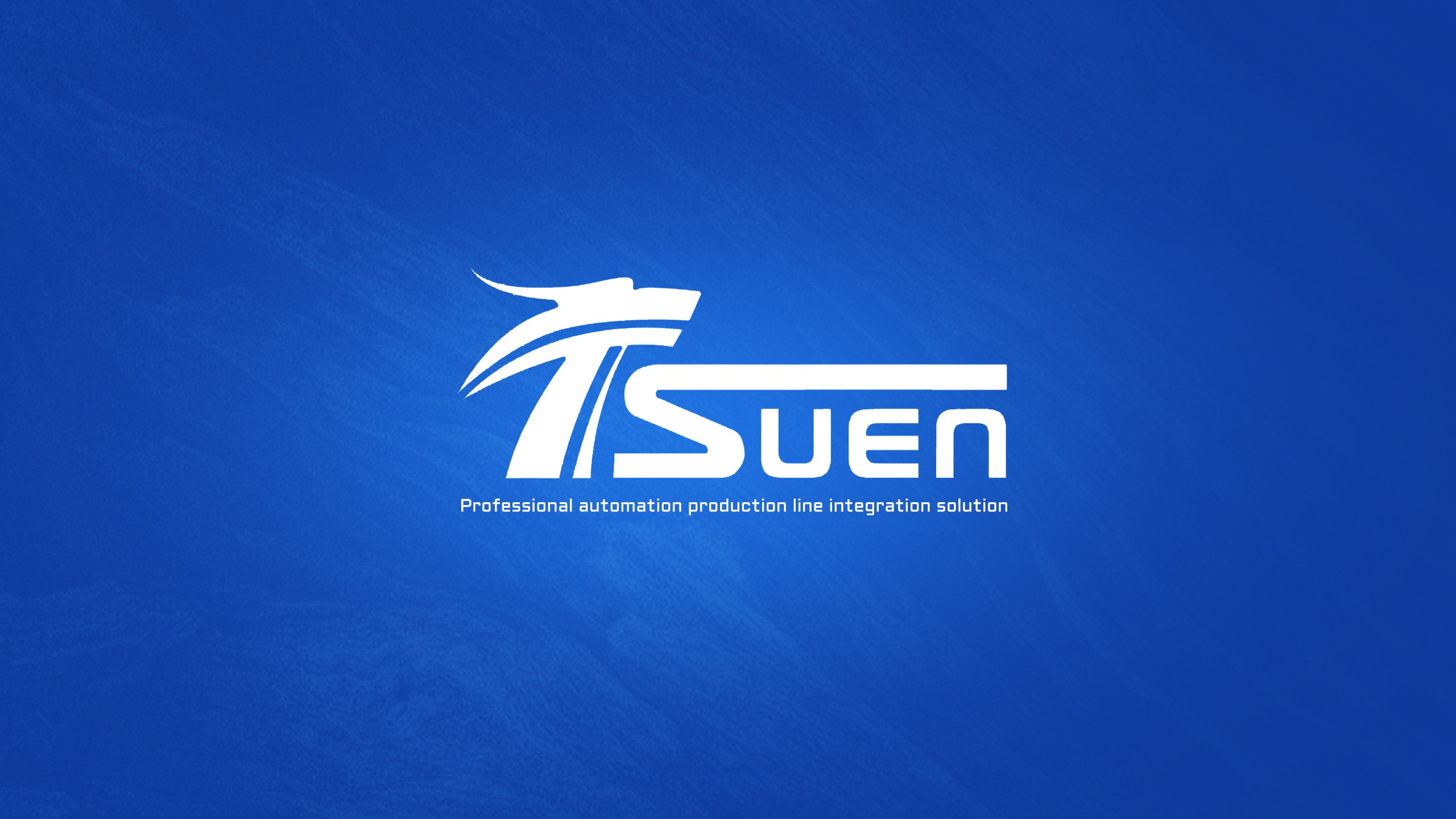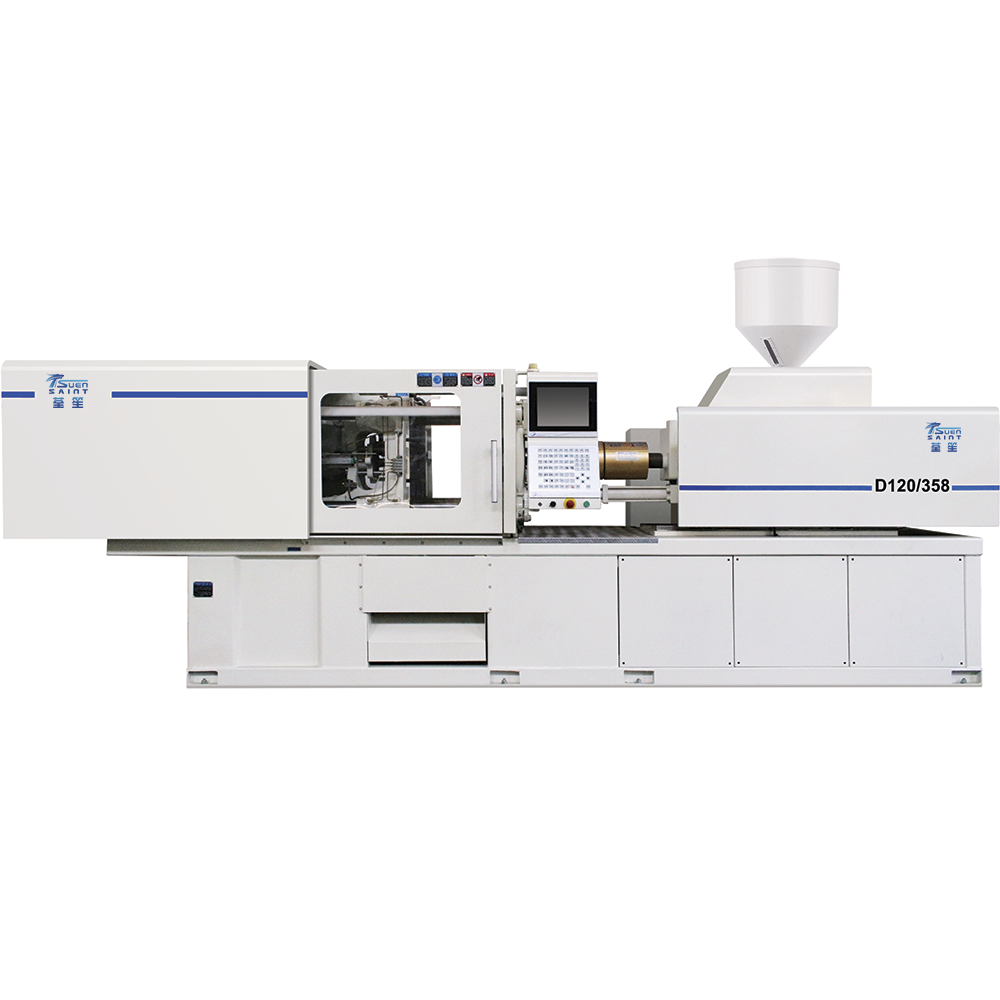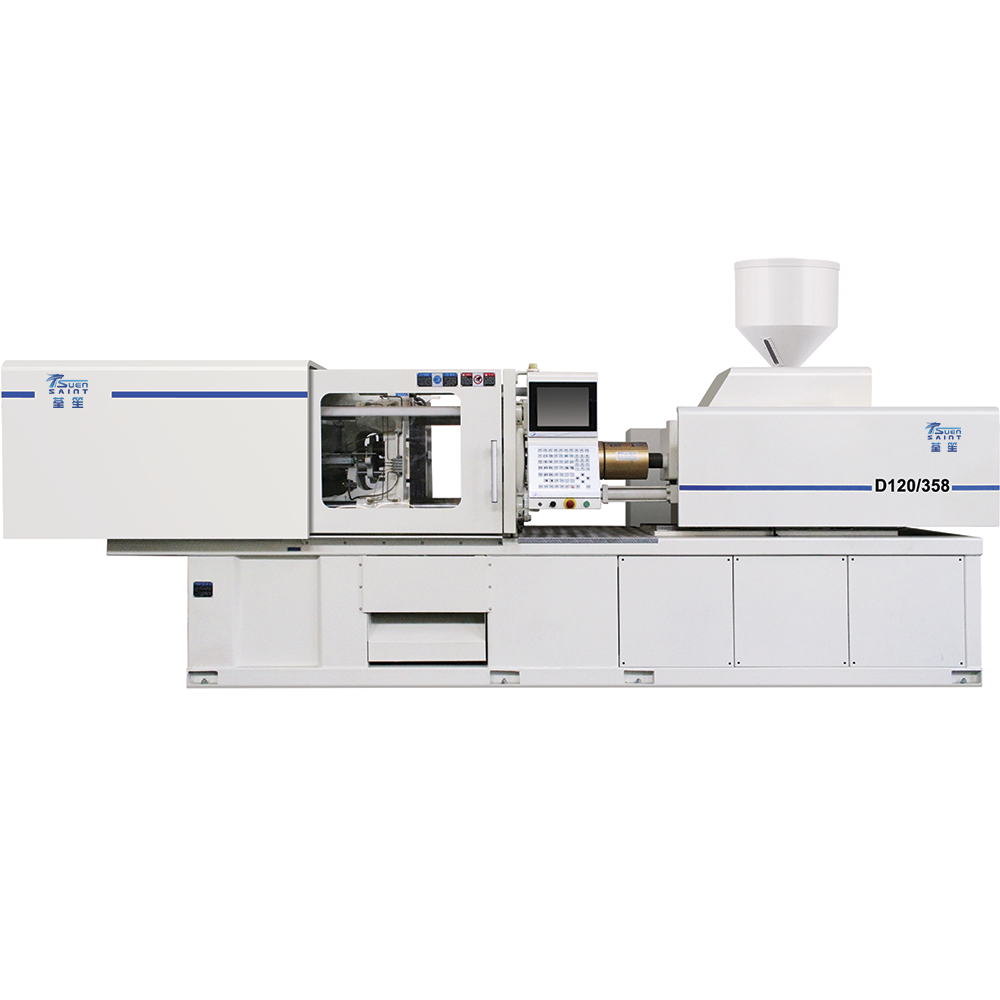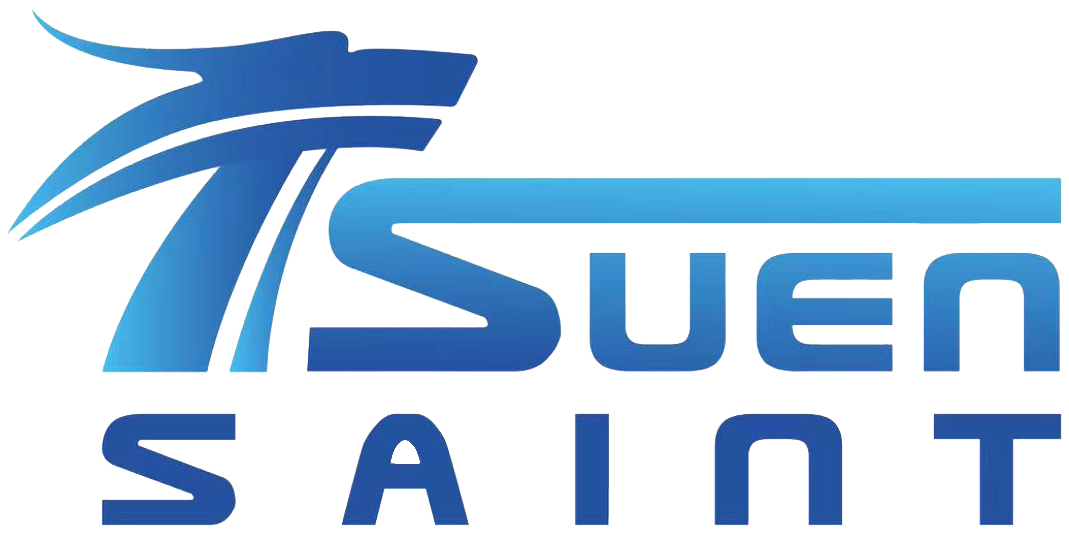خطأ في تنسيق البريد الإلكتروني
emailCannotEmpty
emailDoesExist
pwdLetterLimtTip
inconsistentPwd
pwdLetterLimtTip
inconsistentPwd


Optimizing Production with Servo Presses: Troubleshooting Common Issues and Strategies for Efficiency
Introduction
Servo presses have revolutionized manufacturing processes, offering precision, speed, and versatility. However, like any machinery, they are prone to encountering issues that can hinder production efficiency. In this article, we will delve into identifying common problems with servo presses and effective troubleshooting methods. Additionally, we will explore strategies for maximizing production efficiency by leveraging servo press technology.
I. Troubleshooting Common Issues with Servo Presses
A. Overview of Common Issues
Servo presses, while highly efficient, can encounter various problems that affect their performance. These issues can broadly be categorized into electrical, mechanical, and control system problems. Understanding these common issues is essential for prompt identification and resolution.
B. Identifying Common Problems
1. Electrical Issues: Electrical problems such as power fluctuations, faulty wiring, or malfunctioning components can disrupt the operation of servo presses. Symptoms may include erratic movement, sudden stops, or failure to respond to commands.
2. Mechanical Issues: Mechanical problems such as misalignment, wear and tear of components, or lack of lubrication can lead to issues like inconsistent press strokes, abnormal noises, or jamming.
3. Control System Problems: Control system issues such as software glitches, parameter errors, or communication failures can cause servo presses to malfunction or operate unpredictably.
C. Effective Troubleshooting Methods
1. Troubleshooting Process Overview: Establishing a systematic approach to troubleshooting is crucial for efficiently identifying and resolving issues with servo presses. This process typically involves conducting thorough inspections, performing diagnostic tests, and utilizing troubleshooting tools and techniques.
2. Electrical Troubleshooting: Inspecting electrical connections, testing components for functionality, and monitoring power supply are essential steps in diagnosing and resolving electrical issues with servo presses. Repairing or replacing faulty components and ensuring proper grounding can help mitigate electrical problems.
3. Mechanical Troubleshooting: Conducting visual inspections, checking for signs of wear or damage, and lubricating moving parts are fundamental steps in addressing mechanical issues with servo presses. Adjusting alignment, replacing worn-out components, and performing preventive maintenance can help prevent future problems.
4. Control System Troubleshooting: Verifying software settings, recalibrating parameters, and checking communication interfaces are key steps in troubleshooting control system issues with servo presses. Updating firmware, resetting configurations, and ensuring compatibility with peripheral devices can help resolve software-related problems.
II. Optimizing Production with Servo Presses
A. Importance of Production Efficiency
Efficient production processes are essential for maintaining competitiveness and meeting customer demands. Servo presses offer unique advantages that can significantly enhance production efficiency, including precise control, rapid response times, and flexibility in operation.
B. Strategies for Efficiency
1. Overview of Production Process Optimization: Streamlining production processes involves identifying bottlenecks, optimizing workflows, and minimizing waste. Servo presses play a crucial role in enhancing efficiency by enabling precise control over manufacturing operations.
2. Leveraging Servo Press Advantages: Capitalizing on the capabilities of servo presses, such as programmable stroke profiles, adjustable speed and force settings, and integrated sensors, can help optimize production efficiency. Customizing press parameters to match specific manufacturing requirements and product specifications maximizes throughput and minimizes production costs.
3. Best Practices for Improving Productivity: Implementing best practices such as predictive maintenance, continuous monitoring, and employee training fosters a culture of efficiency and innovation. Regular equipment inspections, timely repairs, and proactive maintenance scheduling ensure optimal performance and reliability of servo presses.
C. Technological Applications
1. Integration of Servo Press Technology: Servo presses can be seamlessly integrated into various stages of the production process, including stamping, forming, cutting, and assembly. Their precise control and adaptability make them ideal for applications requiring high precision and repeatability.
2. Parameter Optimization for Maximum Efficiency: Fine-tuning press parameters such as stroke length, speed, acceleration, and dwell time optimizes production efficiency while maintaining product quality and consistency. Experimenting with different parameter configurations and conducting performance evaluations help identify optimal settings for specific manufacturing tasks.
Conclusion
In conclusion, identifying and addressing common issues with servo presses is essential for maintaining optimal performance and minimizing downtime. By implementing effective troubleshooting methods and leveraging the advantages of servo press technology, manufacturers can optimize production efficiency and achieve a competitive advantage in today's dynamic manufacturing landscape. Continuous improvement initiatives, supported by innovative technologies and best practices, are key drivers of success in maximizing productivity and profitability with servo presses.

